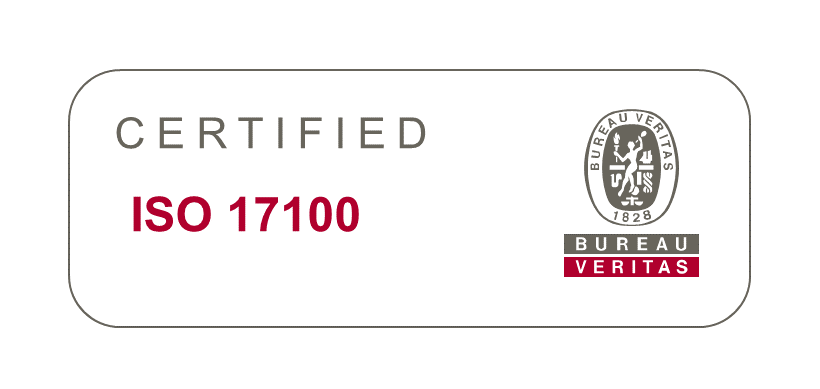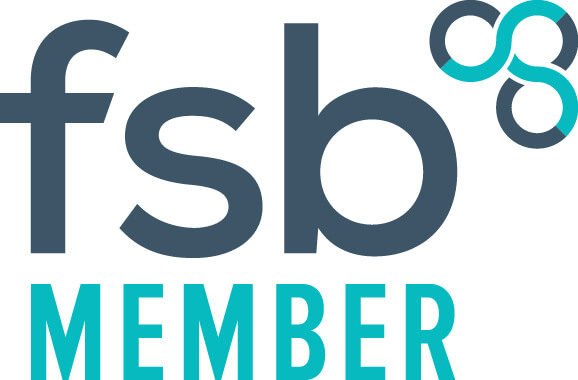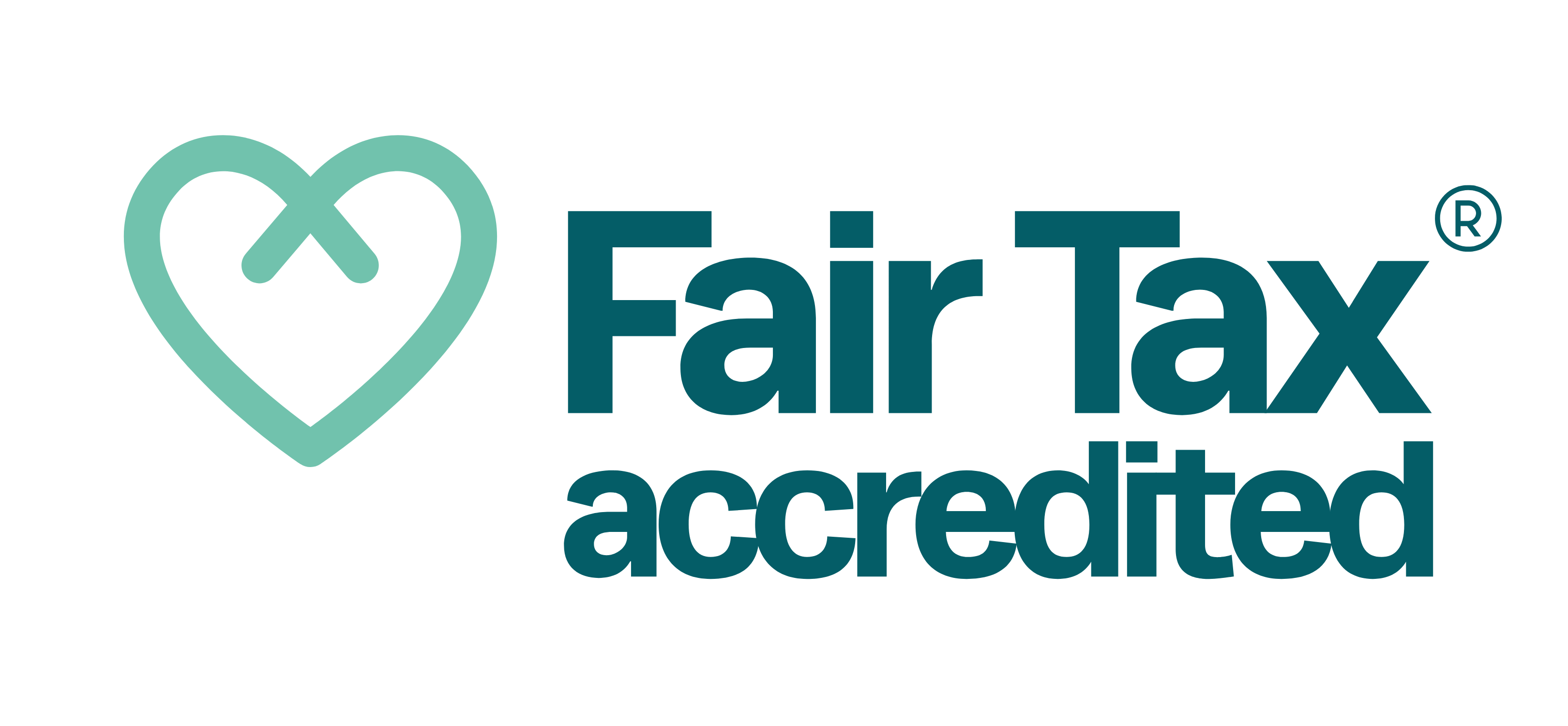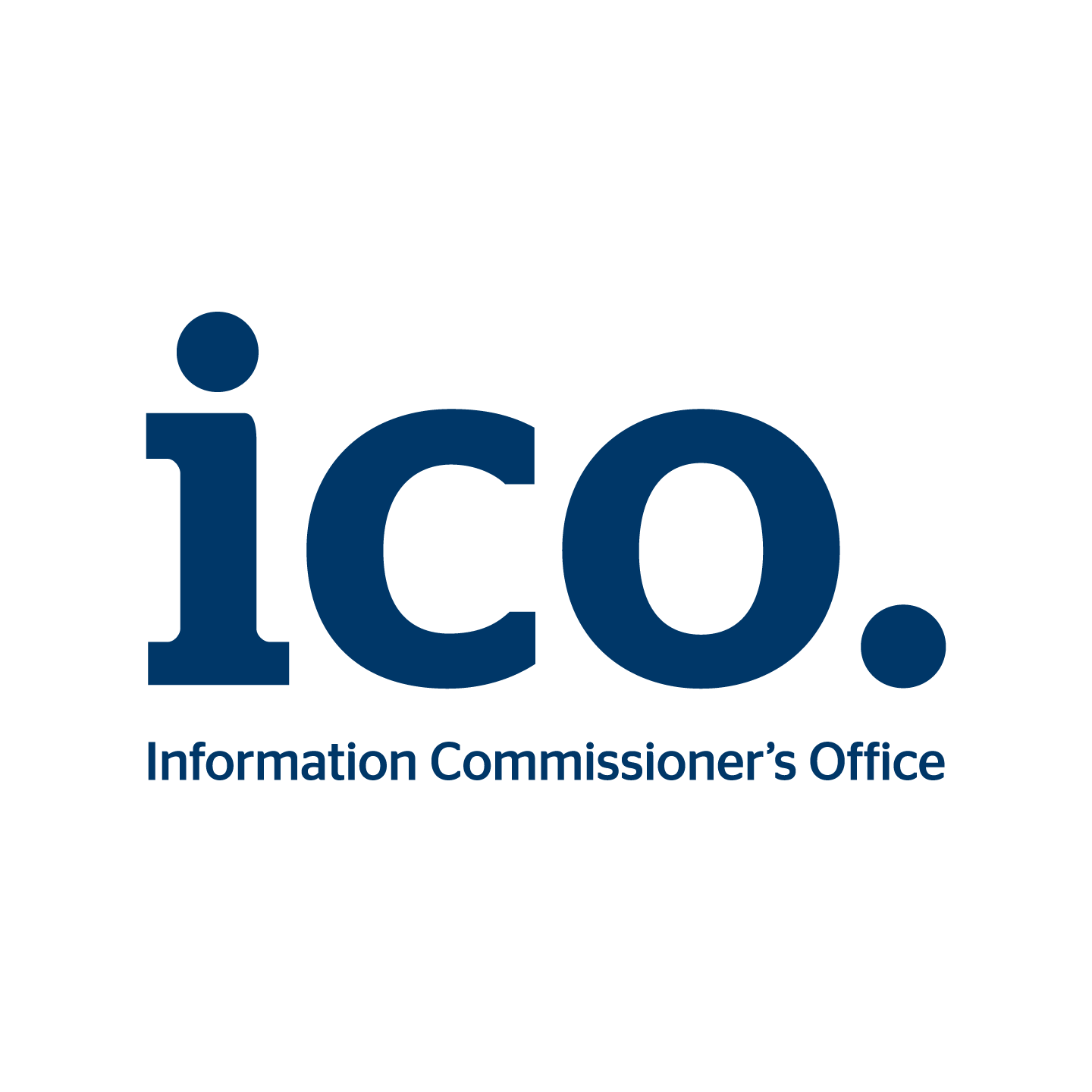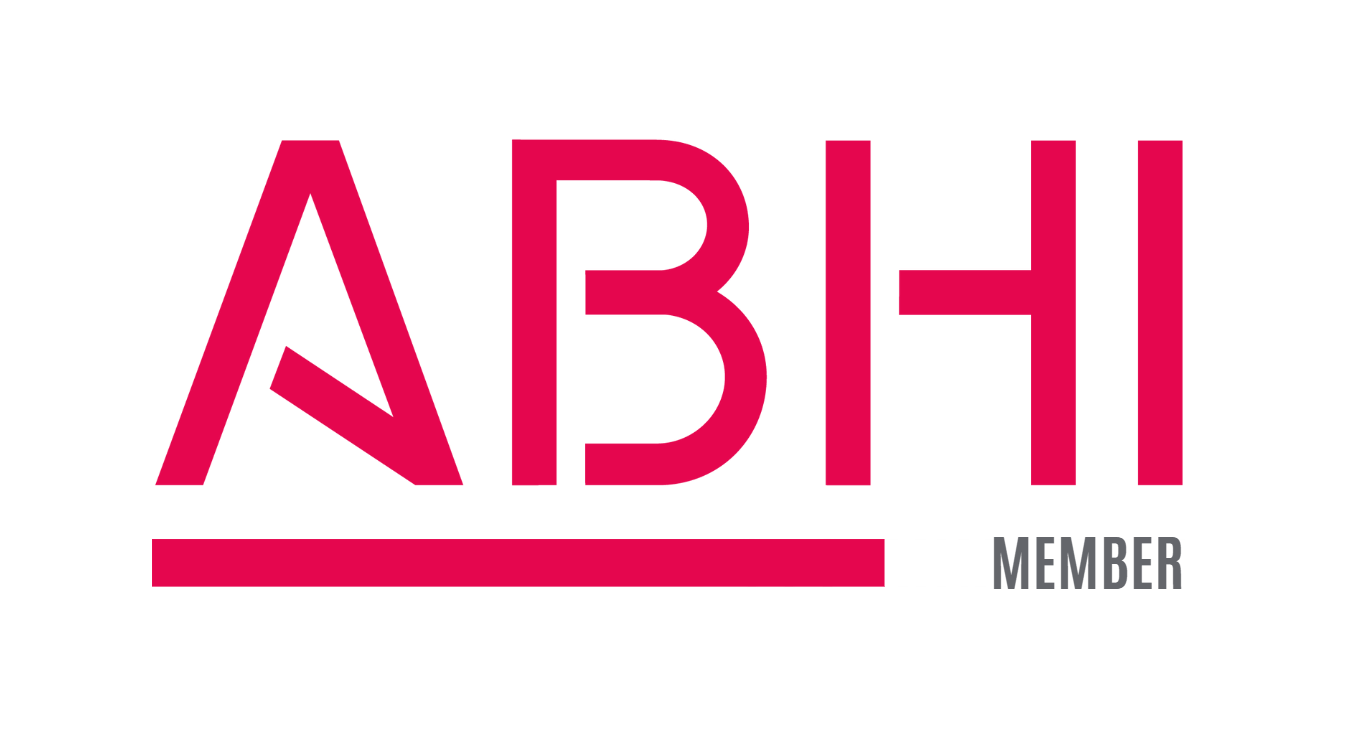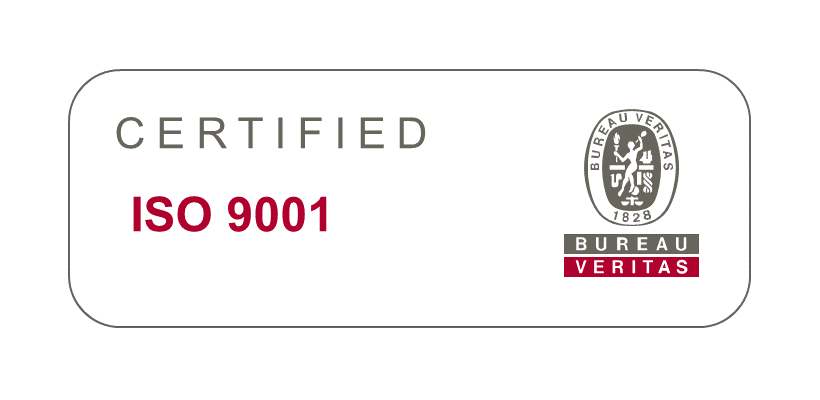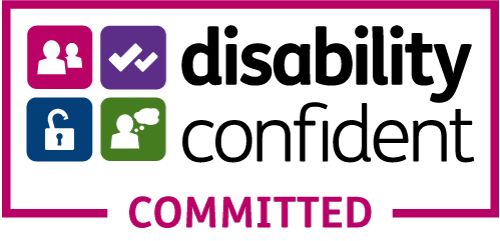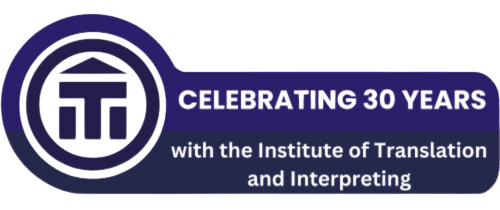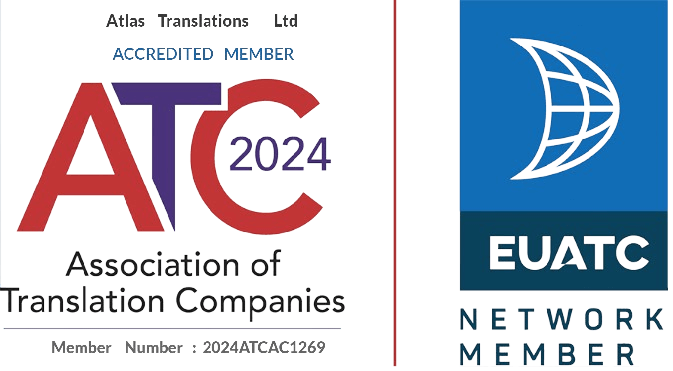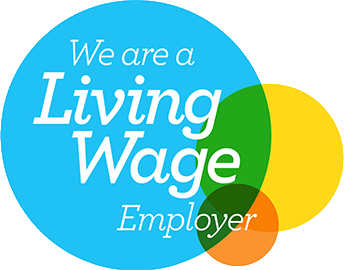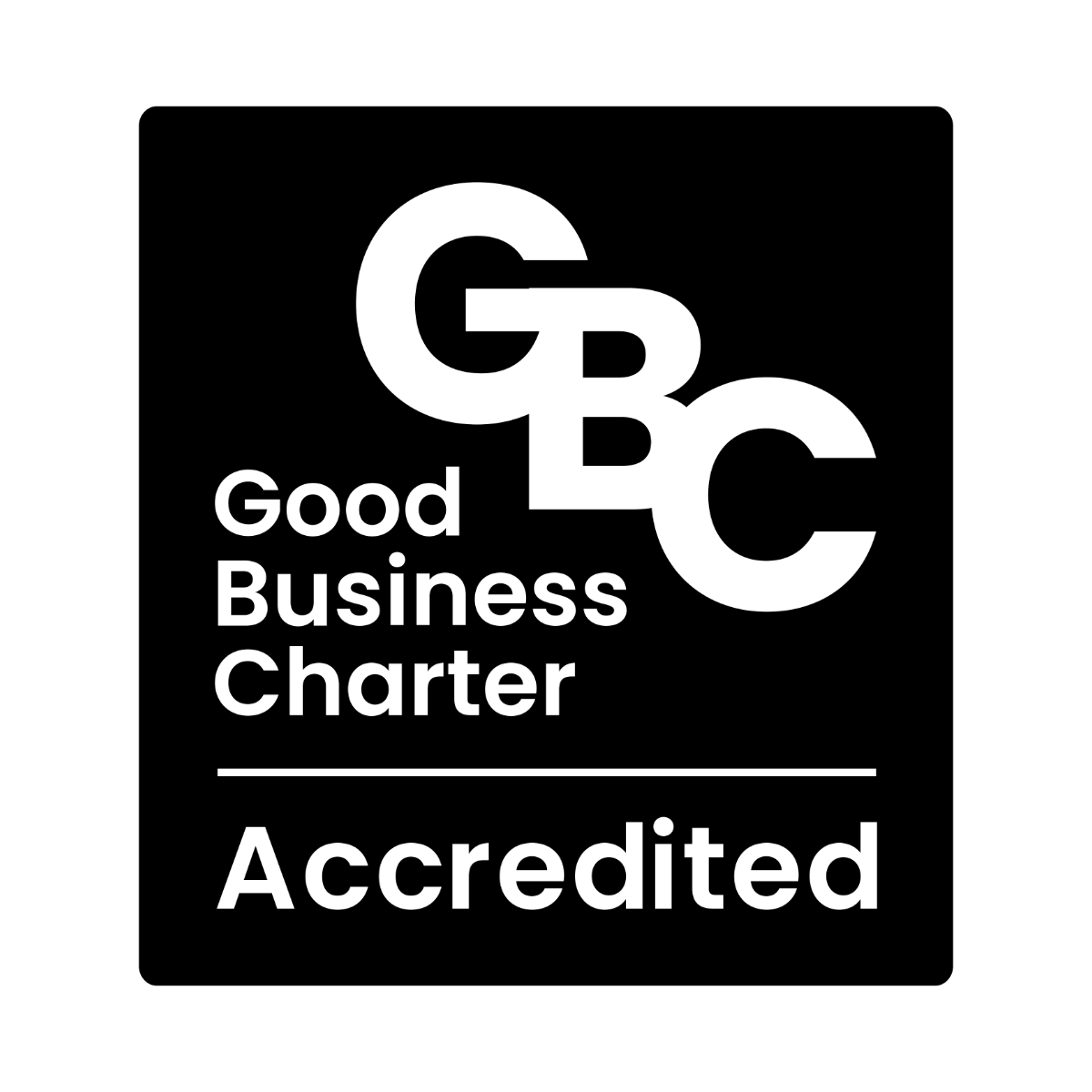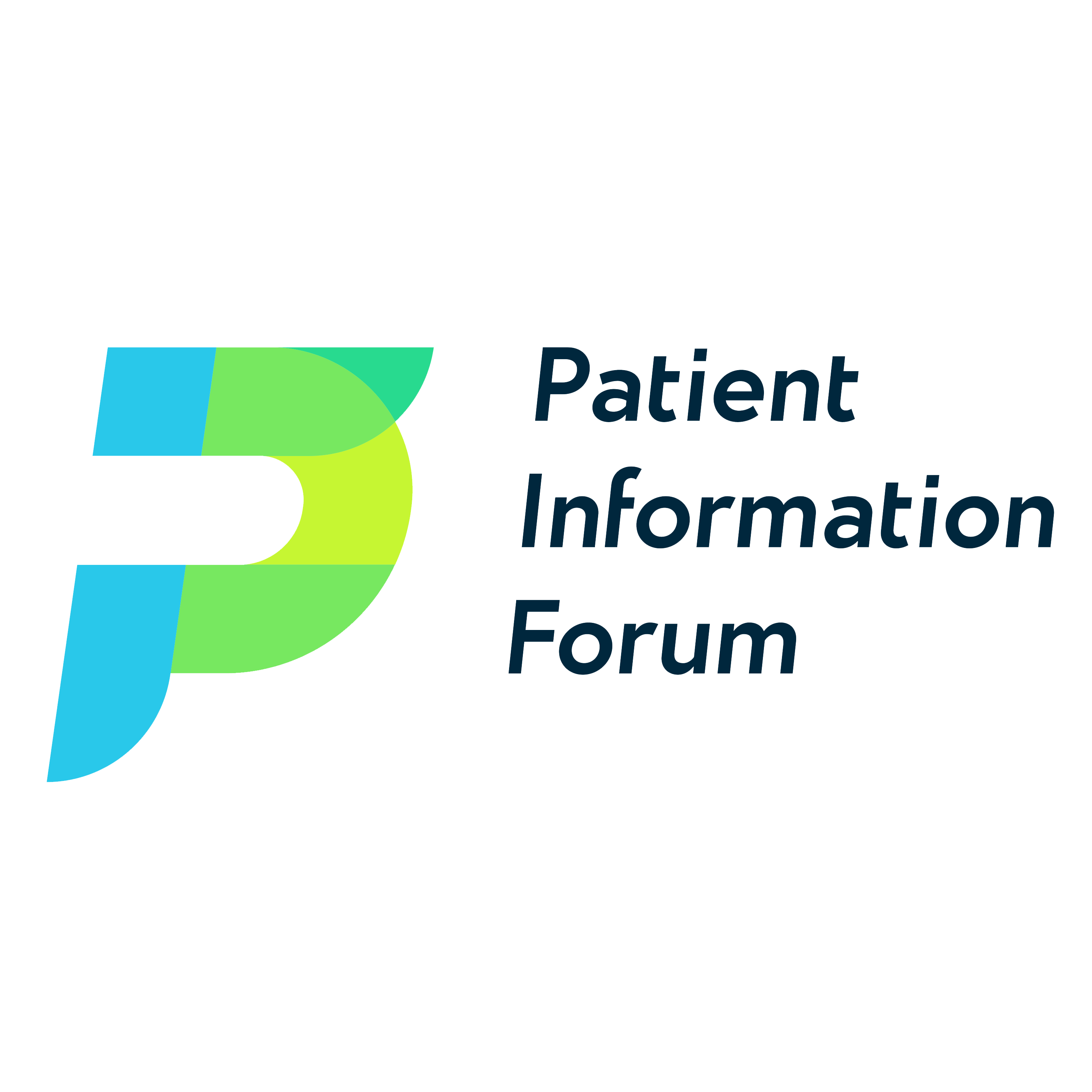How was the Valyrian language created?
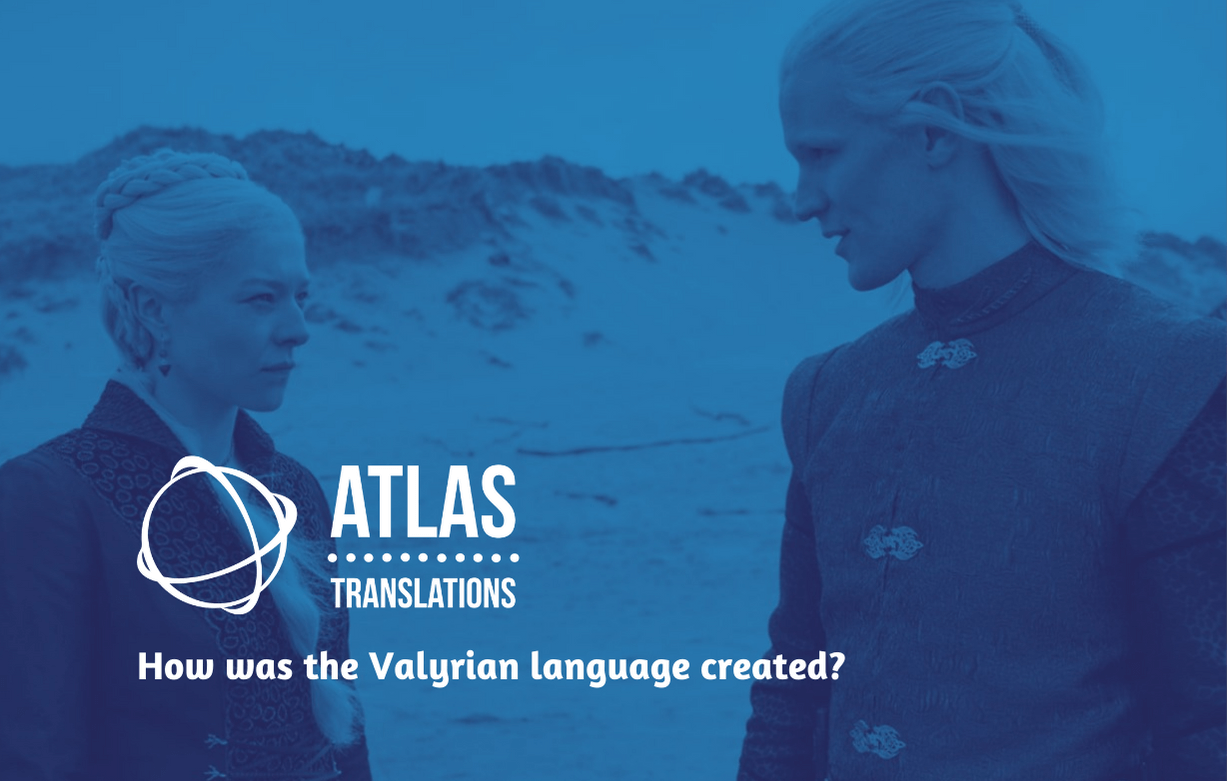
Outside of office hours you’ll find the Atlas team enthralled by the fantastic first season of HBO’s House of the Dragon. Being a translation agency, naturally we’re obsessed with the evolution of languages. If you’re anything like us, you might have also been wondering how the creators of the show came up with the mythical Valyrian language used by the citizens of Westeros.
Building the Valyrian language from scratch
Valyrian and its counterparts in the show, such as Dothraki and Astapori, are all examples of constructed languages. Sometimes referred to as ‘conlang’, these languages have all been created for a specific purpose, rather than having developed naturally over time.
One of the most famous and widely spoken constructed languages is Esperanto, which was created in 1887 with the aim of becoming a second language used across the globe. Although it never quite reached those lofty heights, Esperanto continues to be used by thousands of people as a second language today. Unsurprisingly, however, it’s yet to make it to our Top 10 most frequently requested translation services!
One for the language nerds
Outside of Esperanto, many of the most popular constructed languages have been created as part of a fantasy world, like Valyrian in Game of Thrones. Perhaps none are more widely-known than those invented by Lord of the Rings author J.R.R. Tolkien, who created an incredible fifteen different languages as part of his fictional Middle Earth! Tolkien should’ve considered setting up a fantasy language translation agency as a cheeky side hustle…
Like Tolkien, many creators of constructed languages love to make their language follow logical linguistic patterns to be even more convincing. Valyrian is the invention of American ‘conlanger’ professional David J. Peterson, who won a contest in 2009 to create the languages spoken in the Game of Thrones universe.
Drawing on real-life tongues
Peterson built his new language on the basis of just three initial phrases from author George R. R. Martin’s original Game of Thrones book series. He found inspiration from real languages as varied as Russian and Swahili to develop an initial concept of Valyrian, before expanding it by applying real-life linguistic rules and patterns.
Valyrian has become even more prominent in the latest series in the GoT universe, House of the Dragon. In this prequel show, we catch a glimpse into GoT protagonist Daenerys Targaryen’s backstory by discovering more about her powerful ancestors, who rule the kingdom of Westeros.
Speak Valyrian like a Targaryen!
Whilst we’re yet to find any experienced suppliers for English >< Valyrian translation services, we did recently spot that DuoLingo have the option to learn Valyrian. So, what are you waiting for? Get in your fist 5 minutes of practice!
In the show, High Valyrian is the traditional language of Westeros, used by the ruling elite. As House of the Dragon is all about the royal house of Targaryen, it’s likely that we’ll get to hear a lot more Valyrian as the show continues. All that’s left to say now is kirimvose, geros ilas!
(That means ‘thank you, goodbye’ for any non-Dragonriders, by the way!)

